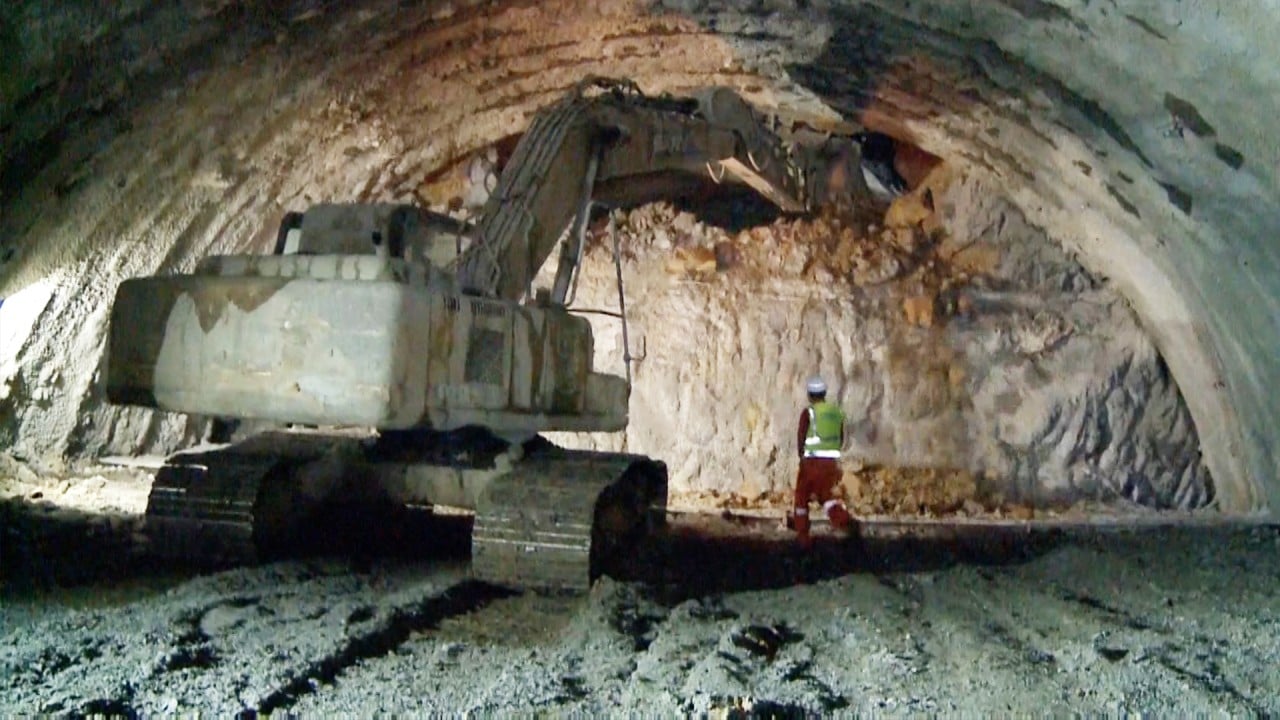
Hostility to China preventing groundbreaking global cooperation on infrastructure building
- With enough support, the China-led AIIB could expand to lead a joint effort to address infrastructure gaps that were already huge before Covid-19 struck, boosting economic recovery
- The other major Chinese-led project, the belt and road, is similarly shunned by the US and some major developed countries, to the detriment of the greater interest
A toxic mixture of resentment, envy and fear seems to characterise Western reactions to China’s economic initiatives. This is very apparent in the area of basic infrastructure, where national competition threatens to trump international cooperation just when joint initiatives are most needed.
The China-led Asian Infrastructure Investment Bank is one of few such multilateral institutions designed specifically to focus on infrastructure rather than on broad development issues. Some in China argue that it could serve as a model for a global infrastructure bank.
But others say that, however rational this argument may be, it is unlikely to win international acceptance at a time when tensions are running high on other issues between, on the one hand, the US and its “alliance partners” and on the other hand, China.
The idea will be seen, one senior Chinese financial official tells me, as another example of China “trying to throw its weight around”. And yet the need for a global institution with a specific remit to address infrastructure issues seems undeniable.
Even before Covid-19 struck, the global need for huge spending on transport, energy and communications infrastructure in the coming decades was widely acknowledged. This is a huge challenge and the pandemic has added a new dimension – the need for digital infrastructure.

When the coronavirus emerged, it seemed that the global economy faced a disastrous implosion from the impact on business and industry. What prevented this happening (apart from gigantic fiscal and monetary stimulus) was a digital revolution, both in advanced and emerging economies.
But the physical and human underpinnings needed to support this revolution, in terms of electric power generation, computer and IT equipment and retraining, are under great stress and this in itself will increase the demand for digital infrastructure.
Facing an infrastructure financing shortfall of US$18 trillion out to 2040, he said, the world “needs a dedicated global infrastructure bank that can mobilise capital to spur recovery and build for long-term goals related to climate, resilience and inclusivity”. The AIIB, argued Wang, has the potential to fill this role.
How Asian banks help the poor face Covid-19 as the rich fall short
Built from scratch, a global bank would need many years to become operational. However, with a fresh capital injection and expanded membership, the AIIB with its 100-plus member nations and operations in and beyond Asia could expand its remit and become a global infrastructure bank.

00:59
Chinese company finishes longest tunnel for Indonesia's Jakarta-Bandung high-speed railway
China’s ‘debt-trap’ diplomacy is a myth made in the Trump era
One might alternatively describe the belt and road and the AIIB as “visionary” developments which came at a time when leading Western nations had all but forgotten the critical role infrastructure can play in economic and social development, and when multilateral development banks like the World Bank had done likewise.
The fact that China not only drew attention to those myopic failings by building some of the world‘s most advanced basic infrastructure both at home and overseas but also established a lending institution specifically designed to finance such activities was not exactly welcomed in capitals such as Washington and Tokyo.
What a tragic waste of resources, both financial and physical, this amounts to when global cooperation on infrastructure building would be so much better than competition.
Anthony Rowley is a veteran journalist specialising in Asian economic and financial affairs

